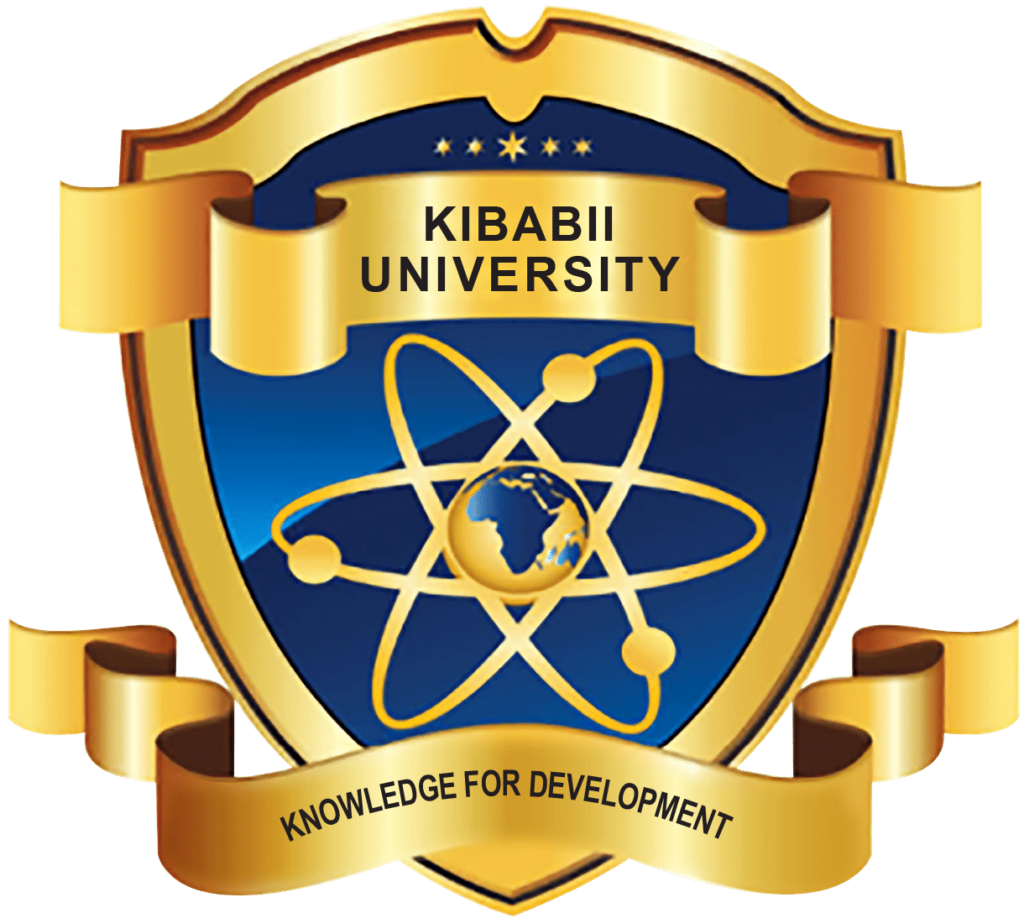Potential of Ensiled Open Market Grocery Waste for Livestock Feed
Jane Toroitich
Kibabii University (Kenya)
Abstract
The costs of growing livestock feed are increasing due to rising fuel and fertilizer costs and the increasing frequency of extreme weather conditions. As a result, alternative sources of feed ingredients are needed. Grocery waste may be one of such alternative source. This wasted food accounts for one-fifth of the Country solid waste entering the nation’s landfills. In addition to being costly to deal with, this food waste contributes significantly to global warming, methane gas emissions. Using food waste in livestock feeds can help farmers reduce feed costs and help food waste generators reduce disposal costs while minimizing the environmental impacts of this waste. Many different types of grocery waste are palatable and nutritionally beneficial to animals. Feeding of food waste remains is a common practice in many parts of the country but preservation of the livestock feed remains a concern. This paper seeks to promote utilization of grocery waste as livestock feed through ensiling technology.
Key words: Potential, Ensiling Capability, Fermentation Characteristics, Nutrient Evaluation
![]()
Download Abstract: Potential of Ensiled Open Market Grocery Waste for Livestock Feed

